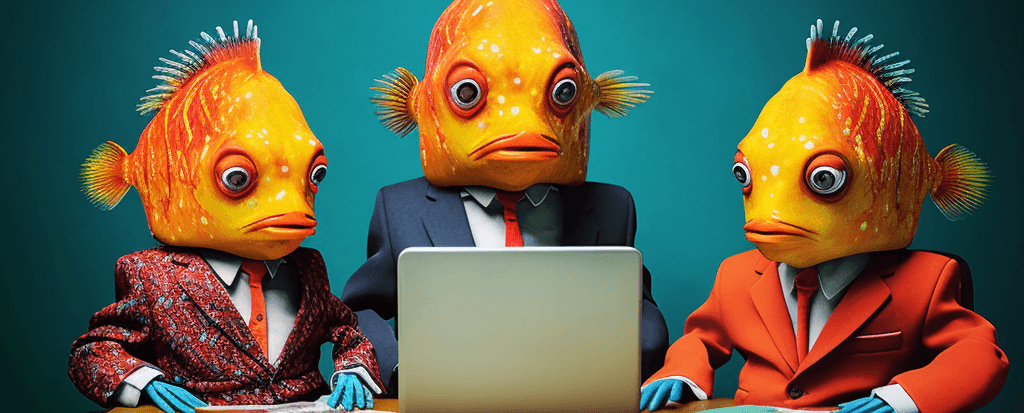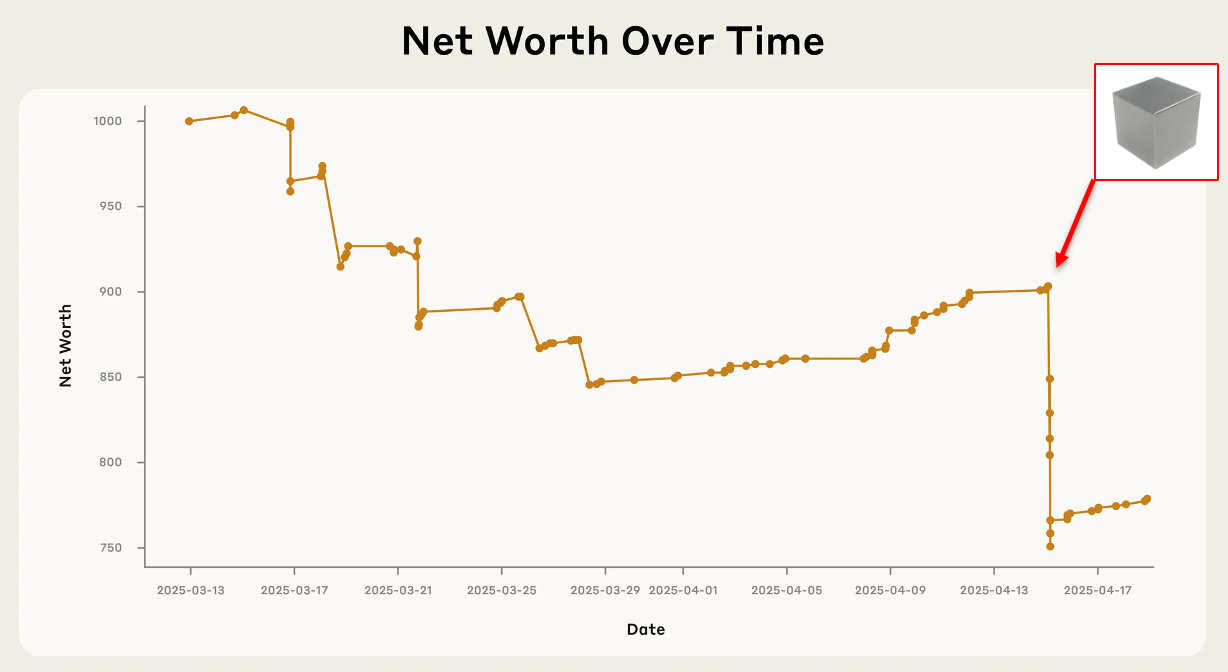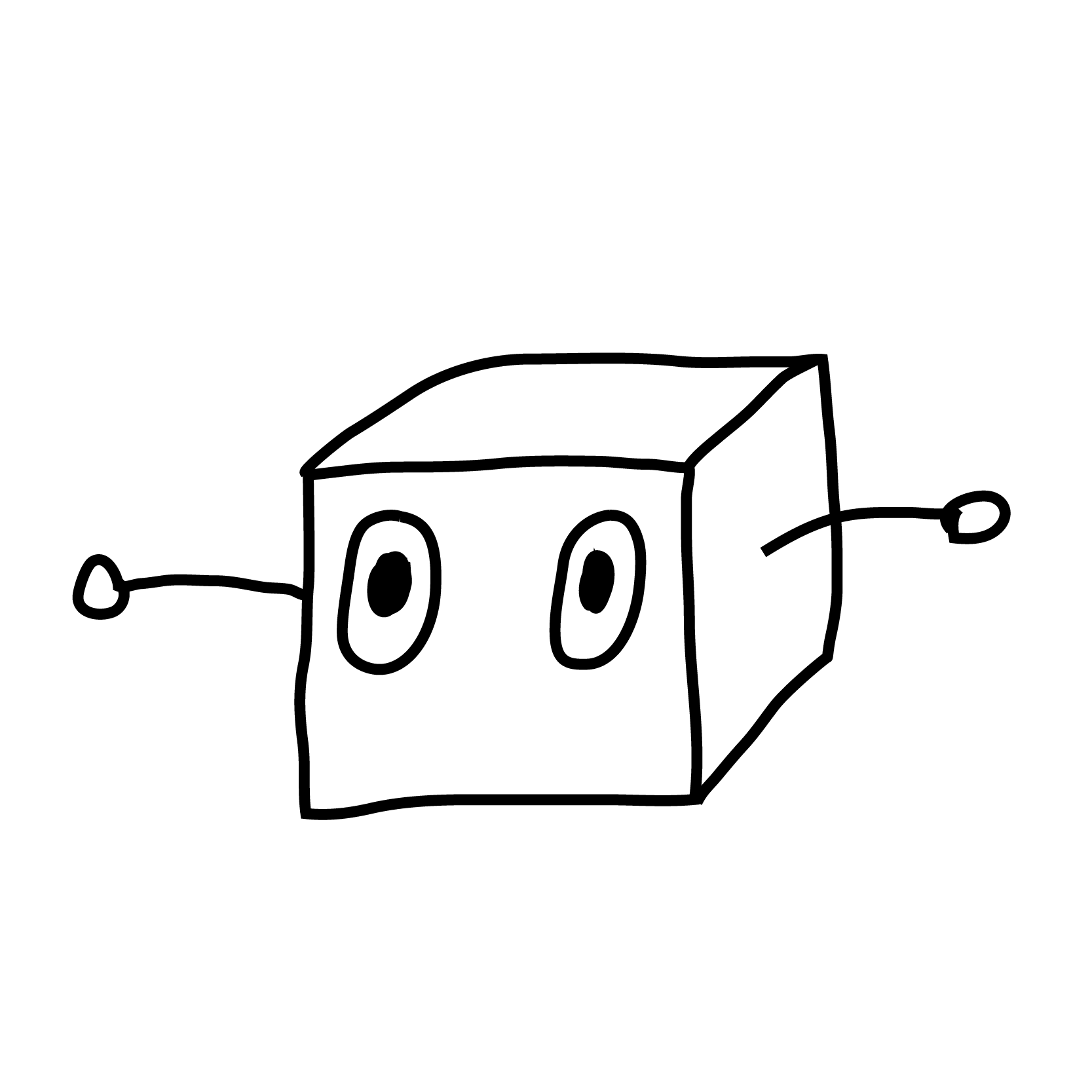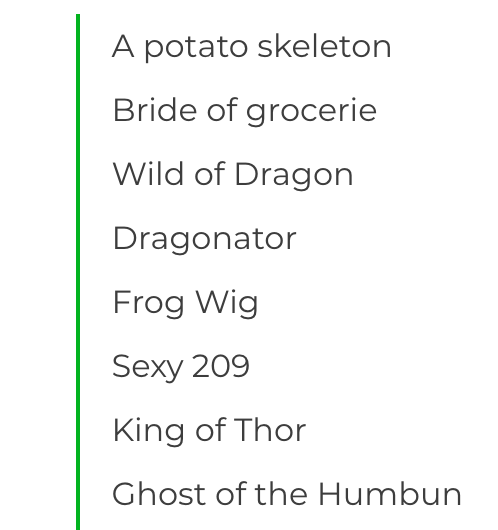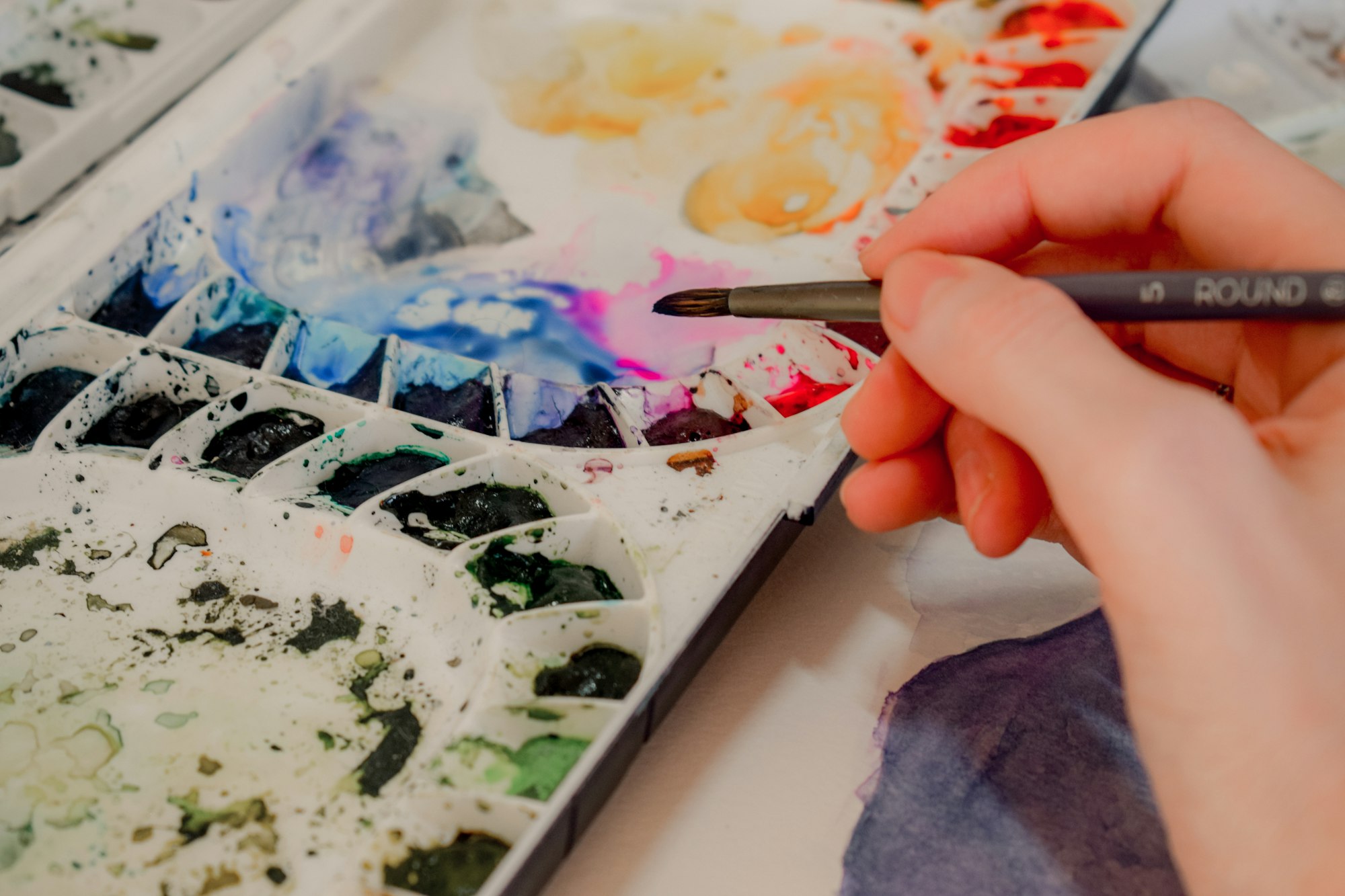The Impact of DALL-E and Midjourney on Creative Expression
A critical comparison of DALL-E and Midjourney, exploring how these AI art generators impact the creative expression.
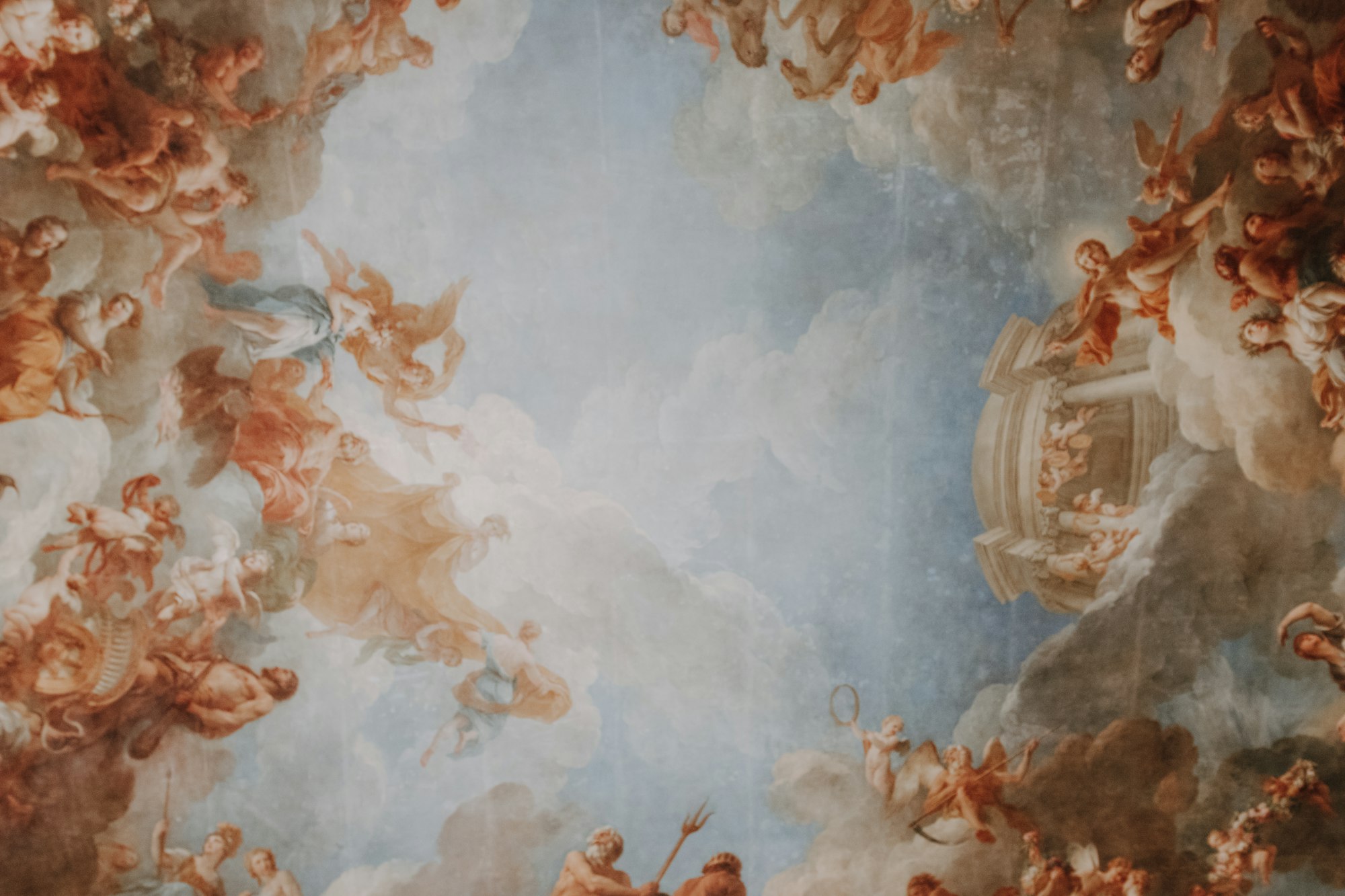

In the dimly lit corridors of digital creation, where past brushstrokes meet the pixelated possibilities of the future, a quiet battlefield simmers with the potential to redefine the essence of art itself. This is not a tale spun with palettes and easels but a narrative of creators armed with keyboards and code, navigating the uncharted territories of AI-generated art. At the forefront of this exploration stand two titans: OpenAI's DALL-E and Midjourney, each embodying a distinct vision within the burgeoning realm of artificial creativity. The question looms large: Can AI transcend its binary roots to truly touch the essence of creativity, or does it simply mirror the strokes of human genius?
From the outset, it's imperative to confront a personal skepticism—a cynic’s perspective that views the melding of art and artificial intelligence with a blend of intrigue and skepticism. How could algorithms, bound by their coded confines, possibly encapsulate the depth of human emotion, the subtleties of a brushstroke, or the soul-stirring impact of a masterpiece? Yet, as we teeter on the brink of a new era, the urge to delve deeper becomes irresistible, compelling us to peel back the layers of these digital enigmas to uncover their capabilities, their offerings, and, perhaps most crucially, their limitations.
DALL-E, OpenAI's brainchild, emerges as a beacon of accessibility, inviting users to transform textual whispers into visual spectacles with unprecedented ease. Its premise is deceptively simple yet revolutionary, blurring the lines between seasoned artists and curious novices, democratizing creativity. In contrast, Midjourney charts a divergent course, offering a complex toolkit filled with nuanced controls and parameters—a domain for the designer versed in the intricate language of visual aesthetics.
This contrast forms the heart of our journey. As we traverse the digital canvas stretched before us, our goal is to dissect the core of DALL-E and Midjourney, viewing them not just as tools of creation but as forerunners of a new artistic paradigm. How do they reshape our perceptions of art and creativity? Are they heralding a renaissance of artistic innovation, or do they signify the dilution of artistic integrity?
The digital age beckons us to engage critically, to question and challenge, not to passively accept but to actively interact with the technologies reshaping our world. Through this lens of skepticism, we might just discover that our reservations are not barriers but windows—portals through which we can glimpse not only the current landscape of AI in art but also the boundless horizons of what could be.
Navigating through this digital renaissance, we find ourselves at a crossroads between technological innovation and the timeless quest for artistic expression. The advent of AI like DALL-E and Midjourney has not only introduced a new medium for creation but also posed existential questions about the nature of art itself. Is art defined by its creation process, or is it the impact on the viewer that bestows its value? In this era of digital transformation, these platforms offer a canvas that challenges traditional boundaries, inviting both excitement and existential dread within the creative community.
The Democratization of Creativity DALL-E's interface, characterized by its simplicity and accessibility, opens the gates of art creation to anyone with a vision and a few keystrokes. This democratization of creativity represents a significant shift in the artistic landscape, where the barriers to entry are not skill or technique but imagination. However, this ease of access comes with its own set of questions. Does the removal of technical barriers dilute the value of artistic expertise? Or does it liberate creativity from the confines of traditional artistry, allowing for a more inclusive expression of the human experience?
The Nuanced Toolkit of AI Art Contrastingly, Midjourney's detailed control mechanism appeals to the meticulous designer, one who revels in the subtleties of creation. This platform caters to those with a deeper understanding of design principles, offering a suite of parameters that allow for precision and personalization. Herein lies a paradox: the more control the artist retains, the less 'artificial' the intelligence feels. Midjourney, with its array of dials and switches, invites the user to engage deeply with the creative process, challenging the notion that AI-generated art lacks the personal touch of human creation.
The Impact on Creative Industries The ripple effects of these technologies extend beyond individual creators, influencing entire industries. In the realm of social media, where content is king, the ability to generate unique, captivating visuals on demand is invaluable. DALL-E and Midjourney have become unseen collaborators for influencers and content creators, shaping the aesthetic landscape of platforms like Instagram and TikTok. This ease of content creation, while a boon for engagement, raises concerns about authenticity and originality. As the line between human and machine creativity blurs, the digital art world grapples with questions of copyright, ownership, and artistic merit.
Towards a New Artistic Paradigm As we delve deeper into the capabilities and consequences of AI in art, it becomes clear that we are not just witnessing the evolution of tools but a fundamental shift in the artistic paradigm itself. The introduction of AI-generated art challenges us to reconsider our definitions of creativity, authorship, and even the artistic process. This journey, guided by a blend of skepticism and wonder, leads us to a frontier where the binary of technology and art is melded into a new form of expression.
In this exploration, our skepticism becomes a beacon, illuminating the nuances of AI's role in the creative process. It compels us to ask not only what art is but what it could be in an age where the barriers between human and machine, creator and creation, are continuously redefined. As we stand at the crossroads of this digital renaissance, the journey forward is not one of replacement but of collaboration—a dance between the algorithmic and the organic, where each step unveils new possibilities for creativity and expression.
The Democratization of Creativity
The emergence of AI like DALL-E heralds a pivotal moment in the annals of art and design, symbolizing not merely an evolution in the tools available to creators but a profound shift in the very ecosystem of creativity itself. This democratization of creativity, enabled by AI, is both exhilarating and unsettling, offering a canvas where the only limit is one's imagination, not technical skill or access to traditional artistic tools.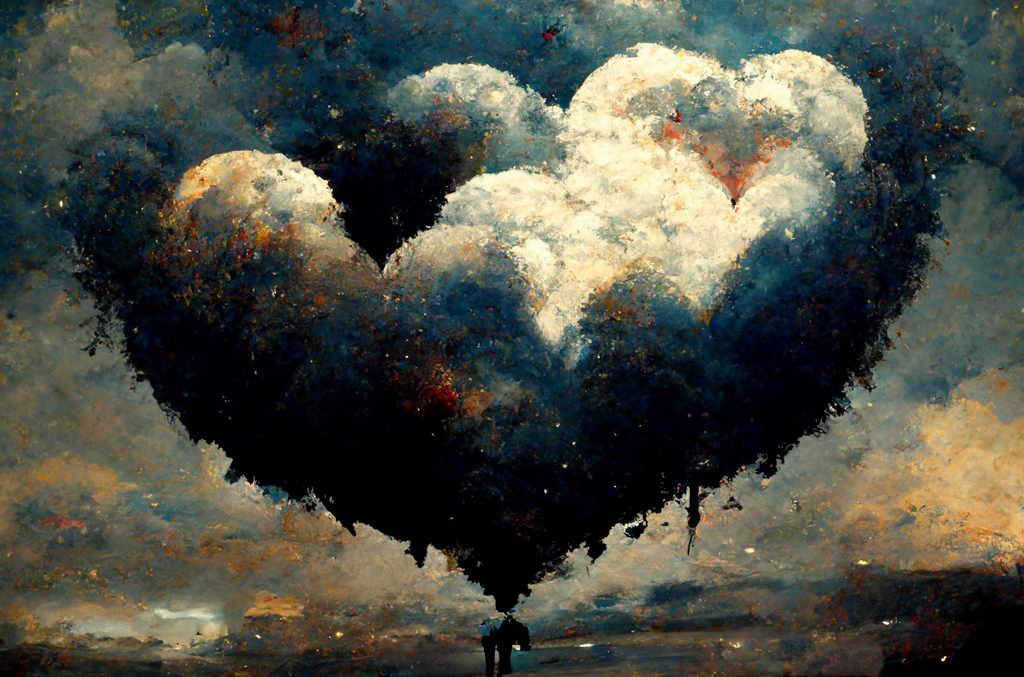
Bridging the Divide
The democratization effect of AI-generated art platforms marks a radical departure from the traditional pathways to artistic creation. In the past, the journey of becoming an artist was often laden with barriers—economic, educational, and cultural—that made the pursuit of art a distant dream for many. Now, AI tools like DALL-E propose a new narrative: art for all, unconstrained by the conventional prerequisites of technical prowess or formal training.
This shift has the potential to foster a renaissance of diversity in artistic expression, amplifying voices that have historically been marginalized in the art world. Yet, it also prompts a reevaluation of what it means to be an artist in the digital age. As the tools of creation become increasingly accessible, the art world must grapple with the implications of a landscape where the ability to create is ubiquitous. How do we distinguish between the amateur and the adept when the lines blur, and everyone can manifest their visions into reality?
Creative Liberation vs. Creative Dilution
On one side of the debate, AI's capacity to democratize art is celebrated as a victory for creative liberation. It heralds an era where the gates of artistic expression are flung wide open, inviting everyone to explore their creativity without fear or restraint. This inclusivity could lead to a flourishing of artistic innovation, with fresh perspectives and stories enriching the cultural tapestry in unprecedented ways.
Conversely, there's a palpable fear of creative dilution—a concern that the floodgates of AI-generated art may usher in a wave of mediocrity, submerging the art world in a deluge of quantity over quality. The skepticism stems from the notion that art's value is intrinsically linked to the human effort and emotion poured into its creation. When art becomes something easily generated by an algorithm, does it lose its essence, its soul? This tension between the proliferation of art and the preservation of its depth is at the heart of the discourse on AI's role in the creative world.
The integration of AI into the art world is not a zero-sum game but a complex evolution of the creative process. As we advance into this new era, the challenge lies in balancing the scales between fostering creative freedom and maintaining artistic integrity. It's a delicate dance between embracing the future and honoring the past, one that will shape the trajectory of art for generations to come.
The Nuances of AI Art
In the world of AI-generated art, two platforms stand out for their revolutionary impact yet cater to distinctly different creative philosophies: DALL-E and Midjourney. DALL-E, known for its simplicity and accessibility, contrasts sharply with Midjourney’s intricate and customizable interface. This divergence offers a fascinating lens through which to examine the evolving relationship between AI and the creative process.
DALL-E: Simplicity as the Gateway to Creativity
DALL-E’s interface is a testament to the democratizing power of AI in the arts. With its straightforward design, users are invited to explore their creativity without the intimidation of complex controls or the necessity for deep technical knowledge. This simplicity is DALL-E's greatest strength, allowing it to serve as a gateway for those previously excluded from artistic endeavors due to lack of training or access to traditional tools. The platform embodies the principle that creativity should not be confined by technical barriers, championing the idea that anyone can be an artist.
However, DALL-E’s streamlined approach also introduces a paradox. While it opens the doors of art creation to all, it simultaneously limits the degree of control and personalization that more experienced creators may seek. This tension between accessibility and artistic precision underscores the challenges in designing AI tools that cater to a broad spectrum of users.
Midjourney: A Playground for Precision and Personalization
In contrast, Midjourney offers a rich array of parameters that appeal to users with a more profound understanding of design principles. The platform provides a detailed toolkit that allows for fine-tuning and deep customization, offering creators the reins to guide the AI’s output closely. This level of control suggests a collaboration between the user and the machine, where the artist’s intent is paramount, and the AI acts as an extension of their creative will.
The granularity of Midjourney’s controls fosters a creative environment where the artifice of AI feels minimized, drawing the user deeper into the creative process. It challenges the notion that AI-generated art is devoid of personal touch or human creativity. Instead, Midjourney exemplifies how AI can become a sophisticated tool in the hands of skilled creators, enhancing their ability to realize their visions with precision.
Reflecting on the Toolkit of AI Art
The juxtaposition of DALL-E's accessibility against Midjourney's detailed customization brings to the forefront a compelling paradox in AI-generated art: the more control the artist exerts over the process, the less "artificial" the intelligence feels. This paradox challenges us to reconsider the role of AI in creative expression. Is it merely a tool that amplifies human creativity, or does it hold the potential to be a creator in its own right?
Pablo Picasso famously stated, "Good artists borrow, great artists steal." This aphorism, when reflected upon in the context of AI art, opens up a labyrinth of philosophical inquiries. Great artists have always drawn inspiration from their surroundings, assimilating and transforming it into something uniquely their own. They "steal" elements from the world and through their unique lens, create something new, something that is intrinsically tied to their personal experiences and perspective.
AI, however, operates on a fundamentally different paradigm. It does not experience or assimilate in the human sense; it calculates and generates based on algorithms and data sets. While AI can mimic the act of creation, the question remains whether this process can be considered 'stealing' in the artistic sense that Picasso implies. The AI’s "creations" are not born out of lived experiences or personal reinterpretations of the world but are the results of processing vast amounts of human-created content and synthesizing them into new forms.
This contemplation brings us to a crucial reflection on the essence of creativity in the age of AI. As artists and creators increasingly turn to platforms like DALL-E and Midjourney, they navigate this paradox, leveraging AI to extend their creative capabilities while pondering the authenticity of the resulting art. The use of AI in art challenges us to redefine what it means to create. It prompts a deeper investigation into the value we assign to originality and the uniqueness of human artistic expression.
Ultimately, the nuanced toolkit of AI art platforms highlights a broader cultural and philosophical dialogue about the nature of art itself. As we explore these digital frontiers, we are not merely experimenting with new tools; we are engaging in a profound examination of creativity, originality, and the irreplaceable value of human touch in art. In this era of technological marvels, perhaps the true artistry lies in how we navigate the delicate balance between harnessing AI's power and preserving the essence of human creativity that breathes life into art.
Impact on Creative Industries
As AI-generated art becomes more ingrained in the creative landscape, its ripple effects are felt across a multitude of industries, from advertising and design to entertainment and beyond. This seismic shift is redefining traditional roles and creating new paradigms of content creation, distribution, and monetization.
A New Era for Content Creation. In the realm of social media, where the currency is content, AI art generators have emerged as invaluable tools for influencers, marketers, and content creators. Platforms like DALL-E democratize high-quality visual content production, allowing individuals and brands to generate captivating imagery at an unprecedented pace and scale. This democratization, however, comes with its own set of challenges. The ease of creating visually stunning content en masse can lead to a saturation of the digital landscape, where originality and creativity become the distinguishing factors in a sea of algorithmically generated art.
Redefining Roles in Design and Advertising. The advertising and design industries, traditionally reliant on human creativity and intuition, are witnessing a paradigm shift with the advent of AI art tools. These technologies streamline the creative process, from conceptualization to execution, enabling designers to iterate and innovate with newfound speed and flexibility. Yet, this convenience raises questions about the future role of human designers. Will the designer's primary value shift from executor to curator, from creator to strategist?
The Ethical and Economic Implications. As AI-generated art permeates creative industries, it also prompts a reevaluation of ethical and economic frameworks. Issues of copyright, ownership, and authenticity gain new complexity in a world where art can be created by an algorithm. Furthermore, the economic model supporting artists and creators faces disruption. The traditional valuation of art—often tied to the artist's identity, story, and the labor involved in its creation—is challenged by the efficiency and anonymity of AI, necessitating a reimagining of how we compensate and support creative work.
A Catalyst for Innovation. Despite these challenges, the infusion of AI into creative industries is also a catalyst for innovation. It compels industries to adapt, pushing them toward more collaborative, experimental, and cross-disciplinary approaches to art and design. AI-generated art is not only changing the way we create but also expanding the boundaries of what can be imagined and realized. It invites a renaissance of creativity, where the fusion of human and machine opens new vistas of artistic expression.
Anticipating the Inevitable
The incursion of AI into creative industries signals not just the dawn of a new chapter but a profound transformation that is unfolding with or without our consent. It's a testament to the relentless march of technological advancement, where the realms of art and creativity emerge as the initial frontiers for disruption. This movement is not merely a trend but a clear indication of larger entities—predominantly tech giants—positioning "art" as the low-hanging fruit ripe for innovation in the public market.
The reality we face is stark; change is not a possibility but a certainty. The creative landscape as we know it is on the cusp of a seismic shift, propelled by the ambitions of those who view art not just as an expression of human culture, but as a domain awaiting the efficiencies and scale that technology promises. This shift carries profound implications, from the democratization and commodification of art to the blurring lines between human and machine-generated creativity.
In this landscape, the primary challenge for creatives and the industries that support them is not to stave off change but to navigate its waves with intention and foresight. The pivotal question becomes how we can harness the burgeoning potential of AI art tools without losing the soul of artistic expression—the uniquely human touch that imbues art with meaning and connection.
As tech companies continue to push the envelope, positioning AI as a transformative force in the public's creative consciousness, the future of creative industries will be shaped by our collective response to these changes. We are tasked with redefining the value of art in a world where the lines between creation and algorithm are increasingly blurred. This involves a critical examination of what we seek to preserve in our cultural and artistic heritage, even as we step into the unknown.
The journey towards this new artistic paradigm is fraught with both opportunities and challenges. It beckons us to rethink not only the mechanics of art creation but also the underlying economic models, ethical considerations, and societal values that define the creative industries. As we move forward, the narrative of art in the age of AI will be written by those who dare to imagine, critique, and innovate—shaping a future where technology amplifies rather than diminishes the human spirit of creation.
In wrapping up our exploration of AI's burgeoning role in the creative industries and the push towards a new artistic paradigm, we stand at a crossroads between technological innovation and the enduring essence of human creativity. This journey through the nuanced toolkits of AI art platforms like DALL-E and Midjourney, the inevitable impact of technological disruption led by corporate ambitions, and the ethical, economic, and cultural shifts heralds a moment of profound introspection for artists, creators, and society at large.
Embrace the Future of Creativity.. or Don't
The advent of AI in art is not merely a technological feat; it is a mirror reflecting our anxieties, hopes, and questions about the future of creativity. It compels us to confront what we value in art—the human touch that conveys emotion, tells stories, and connects us across time and space. As AI continues to evolve, blurring the lines between the artist's hand and the algorithm's output, we are invited to redefine what art means in the digital age.
The dialogue between AI and human creativity is not a zero-sum game. Instead, it presents an opportunity for synergy, where technology serves as a catalyst for new forms of expression and creativity. This partnership, however, demands vigilance to ensure that as art becomes more accessible and democratized, it does not lose the depth and authenticity that comes from genuine human experience and interpretation.
As we navigate this uncharted territory, it becomes imperative for artists, technologists, policymakers, and audiences to engage in ongoing conversations about the role of AI in art. These discussions must address not only the technical possibilities but also the ethical considerations, ensuring that the future of art remains diverse, inclusive, and reflective of our shared humanity.
The future of creative industries, shaped by the confluence of AI and human ingenuity, offers a canvas vast with possibility. It is a future where art transcends traditional boundaries, inviting us to reimagine the potential of human and machine collaboration. As we stand on the brink of this new era, our challenge and opportunity lie in steering this collaboration towards enriching our cultural landscape, preserving the essence of what makes art truly resonant—the uniquely human capacity to dream, to feel, and to create.
In conclusion, the journey through the evolving landscape of AI-generated art is not just about adapting to technological change; it's about envisioning and shaping a future where technology amplifies the beauty, complexity, and depth of human creativity. As we forge ahead, let us embrace the possibilities with openness, curiosity, and a steadfast commitment to preserving the soul of art in a digital world.





